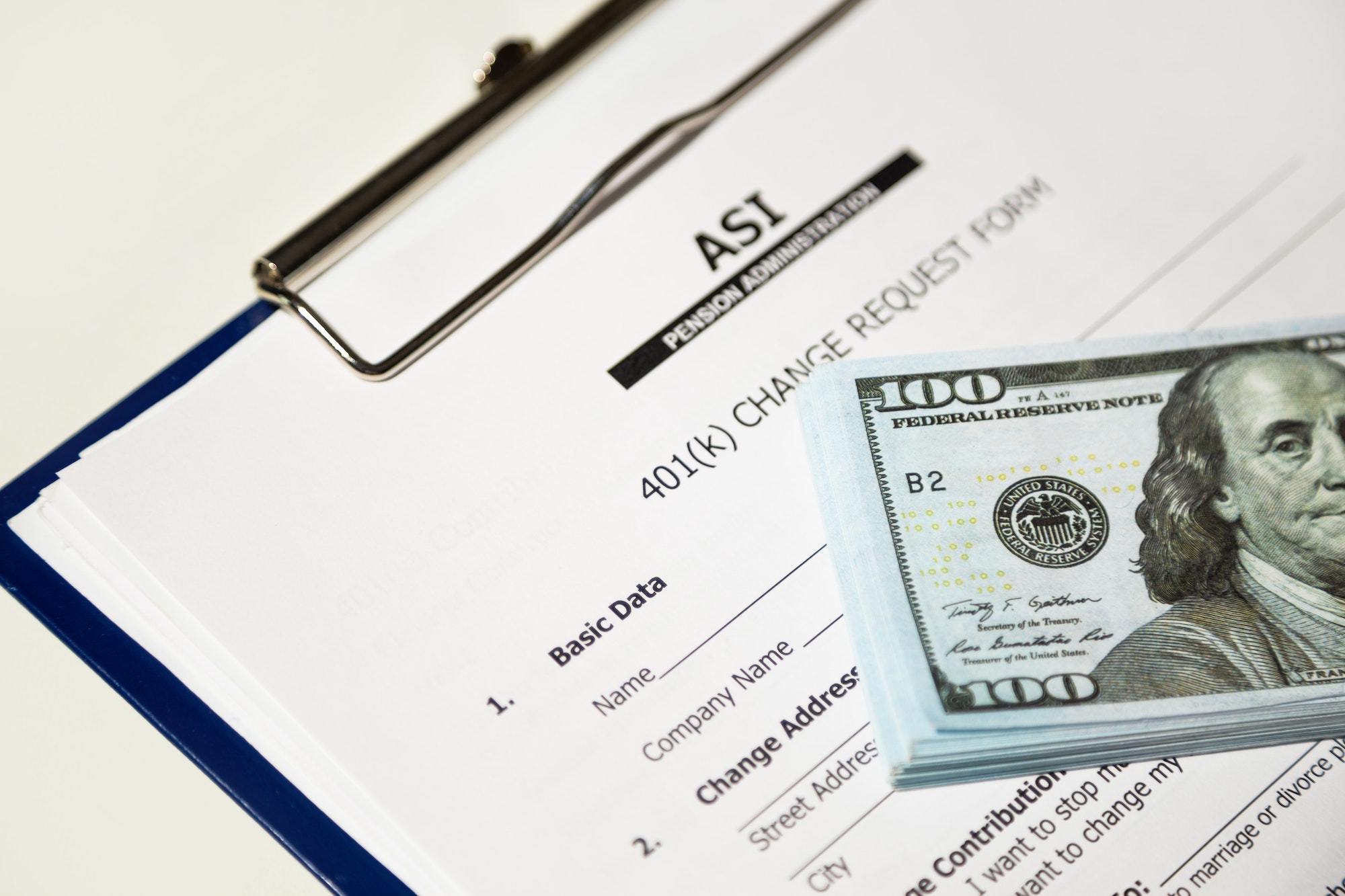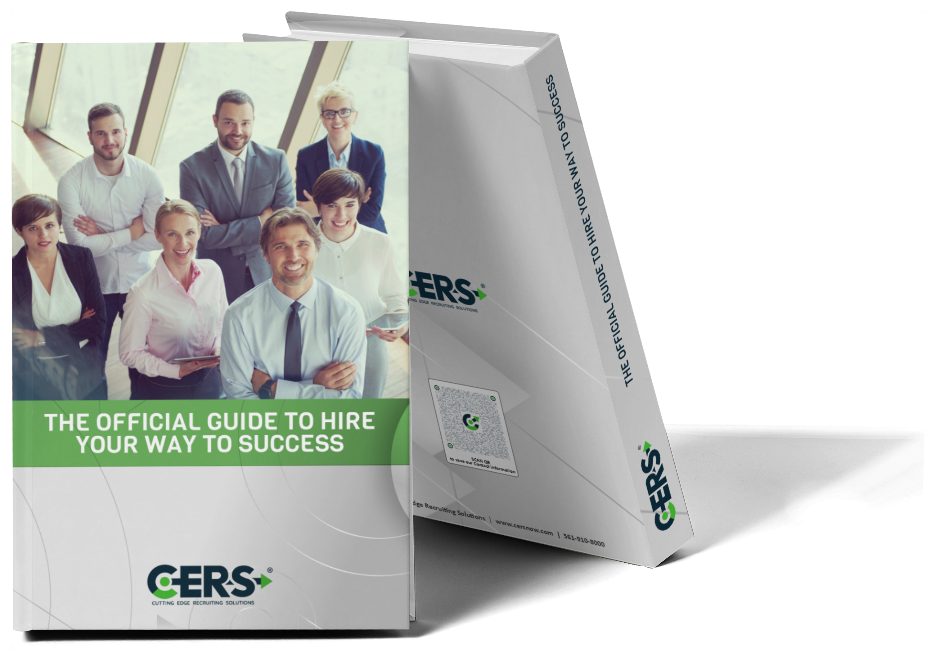Being your own boss gives you access to tax incentives not available to other workers. These include self-employment tax deductions for a home office, vehicle expenses and internet service.
While these deductions can save you money, don’t expect them to wipe out your tax bill completely, says Kristen Anderson, founder and CEO of Catch, an app designed to make it easier for self-employed workers to set aside money for taxes and benefits such as retirement and insurance. “Finding out you owe $10,000 in taxes instead of $15,000 is a big win, but not if you don’t have anywhere close to $10,000 set aside,” Anderson says.
Once you’ve made a habit of setting aside money for taxes, you can keep more of it in the bank by claiming the following self-employment tax deductions.
- Qualified business income.
- Mileage or vehicle expenses.
- Retirement savings.
- Insurance premiums.
- Office supplies.
- Home office expenses.
- Credit card and loan interest.
- Phone and internet costs.
- Business meals.
- Business travel.
- Startup costs.
- Continuing education.
- Subscriptions and memberships.
- Advertising.
- Self-employment taxes.
Qualified Business Income
One of the most lucrative tax deductions to come out of the 2017 Tax Cuts and Jobs Act was the creation of the qualified business income deduction, also known as the QBI deduction. It allows owners of certain pass-through businesses, such as sole proprietorships, partnerships and S corporations, to deduct up to 20% of their business income on their personal tax return.
“This is a new concept and not everyone is aware they can claim it,” says Eric Bronnenkant, head of tax for online advisory firm Betterment. However, there are income limits on who qualifies for a QBI deduction. Only individuals with a 2021 taxable income at or below $164,900 will be eligible, although married couples filing jointly can have a combined taxable income of $329,800.
Mileage or Vehicle Expenses
Self-employed taxpayers can deduct either their actual operating expenses for using a vehicle for business purposes or claim a standard mileage deduction. For the 2021 tax year, the standard mileage rate for business is 56 cents per mile.
“It’s really easy to take those deductions if you keep receipts and records,” says Jeffrey Wood, certified public accountant and partner at Lift Financial in South Jordan, Utah. If the IRS conducts an audit, it will want to see receipts for actual expenses or a travel log, which should include the date, destination, miles driven, odometer readings and purpose of each trip. You could record trip information in a notebook kept in your vehicle or use a mileage app such as MileIQ or TripLog.
Retirement Savings
Don’t overlook the significance of a deduction for retirement savings. “I’m amazed at how many times I run across someone who is self-employed and doesn’t have a SEP IRA or a solo 401(k),” Wood says.
All workers younger than age 50 can deduct up to $6,000 in contributions made to a traditional IRA in 2021. For workers age 50 and older, up to $7,000 is deductible. However, self-employed individuals can use a SEP IRA which lets them contribute – and deduct – as much as 25% of their net earnings, up to $58,000 for tax year 2021.
The contribution limits for IRAs apply to the total amount deposited in both traditional and Roth accounts. Contributions to Roth accounts are not tax-deductible, but earnings withdrawn in retirement are tax-free. Talk to a finance professional to determine which retirement savings strategy will maximize your long-term tax benefits.
Insurance Premiums
Business insurance premiums for liability, malpractice or other professional needs can all be deducted. What’s more, deductions for some personal policies are allowed as well. Health, vision and dental insurance premiums can all be deducted by those who are self-employed.
Long-term care insurance premiums are another deductible insurance expense, and one that is commonly overlooked by self-employed workers.
Office Supplies
Printer paper, ink, pens and other office supplies used over the course of a year can be written off at tax time. “All of that is tax-deductible if you’re using it for business (purposes),” Wood says. However, you’ll need to keep detailed receipts, because your credit card or bank statement won’t suffice
Home Office Expenses
The home office deduction is often misunderstood. An office needs to be an area that is used regularly and exclusively for business purposes. That means a kitchen counter or desk in a family room won’t qualify.
If you have a dedicated home office space, you can deduct a portion of your home expenses, such as utilities, insurance premiums, mortgage interest and real estate taxes. For those who don’t want to track all their expenses, a simplified deduction is available. It offers a $5 per square foot deduction, up to 300 square feet. While easier to claim, the simplified option may result in a lower deduction.
Credit Card and Loan Interest
If you pay interest on a credit card or loan used for business purposes, that may be deductible. However, interest on purchases made for personal use are not deductible. For this reason, it’s advisable to have a dedicated credit card for business expenses.
Phone and Internet Costs
Phone and internet expenses can be deducted by self-employed taxpayers but only to the extent those services are used for business. For instance, if you split your phone use between personal and business calls, half your bill is deductible. While there is no need to determine your business use precisely, be sure your records will reflect whatever percentage of phone and internet service you deduct.
Business Meals
The Tax Cuts and Jobs Act of 2017 eliminated business deductions for entertainment expenses, but you can still deduct the cost of business meals. In the past, the deduction was 50%, but the IRS issued a temporary exemption that allows a 100% deduction for restaurant food or beverages, as long as the expense was paid or incurred in tax year 2021 (it will also be available through 2022). To ensure there are no questions about the legitimacy of these expenses, write on receipts who you met and what was discussed.
Business Travel
Business travel expenses, such as flights and hotel rooms, are fully deductible, but the trip must have a clearly defined business purpose. “People try to capture non-business expenses,” Bronnenkant says, but they could find themselves in trouble if audited. The cost of a family vacation, for example, can’t be deducted just because a single meal was spent discussing work.
Startup Costs
Starting a business can require a significant investment in legal fees, technology, market research and other costs. Fortunately, the IRS allows up to $5,000 in startup expenses to be deducted. The deduction can be reduced, however, if your total startup costs exceed $50,000.
Continuing Education
Attorneys, accountants and physicians are only a few of the professionals who may need to take continuing education classes to maintain an industry credential or license. Other self-employed individuals may take classes to expand their skill set. “There’s so much you can deduct in education,” Wood says.
While some education expenses could be used to claim the lifetime learning credit, deducting them as a business expense may make more sense financially. In that way, the deduction reduces both self-employment taxes and income taxes.
Subscriptions and Memberships
From software to magazines, subscriptions used in the course of business are deductible for self-employed workers. Allowable deductions include dues to professional organizations, subscriptions to trade publications, software licensing and digital subscription services, among other things.
Advertising
Costs associated with promoting your business and services can also be deducted. This can include social media promotion, online banner ads, billboards, print media and business cards.
Self-Employment Tax
Self-employment taxes can be a shock to those who are filing business tax forms for the first time. “Many self-employed people don’t realize when they first get started that the self-employment tax is twice what employment taxes are for traditional workers,” Anderson says. That’s because self-employed people must pay both the employer and employee side of Social Security and Medicare taxes. In total, the self-employment tax is 15.3%.
To offset the extra cost, the IRS allows a deduction of half a person’s self-employment taxes. While that won’t reduce how much self-employment tax is owed, it can help reduce income taxes.
Source: US News









